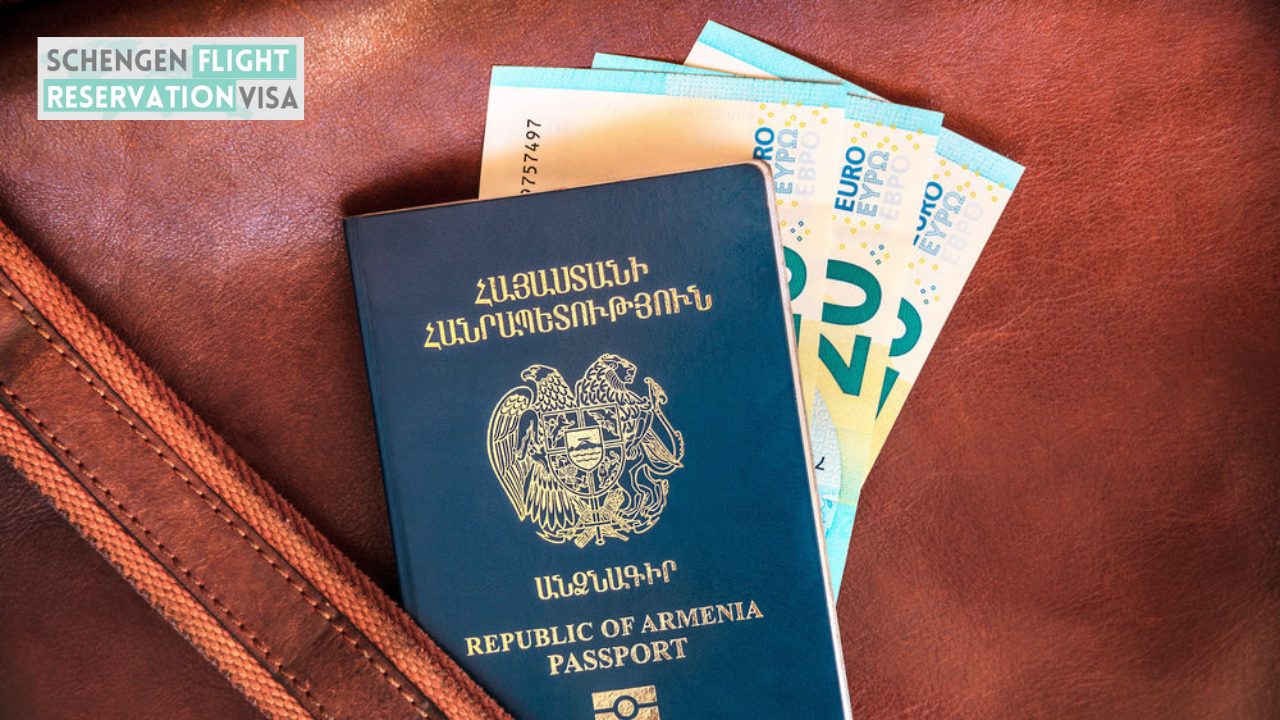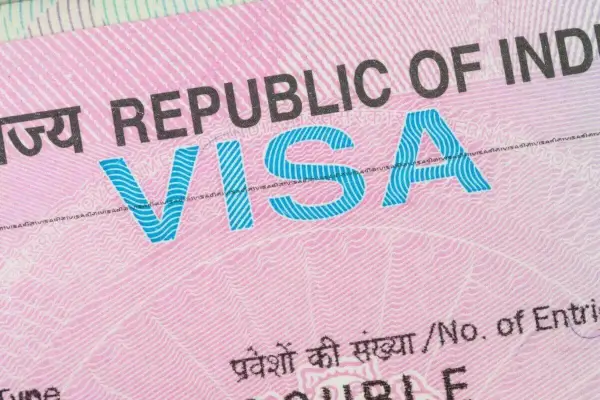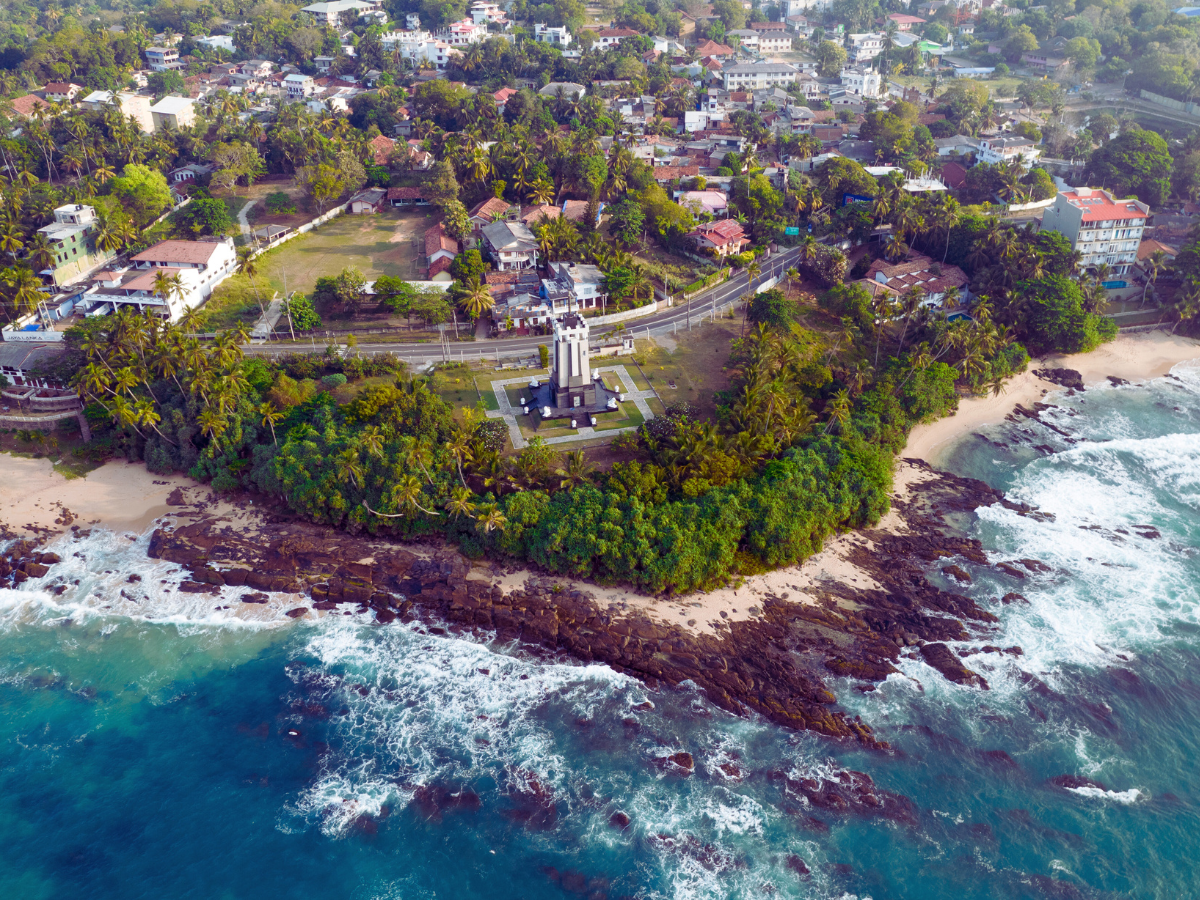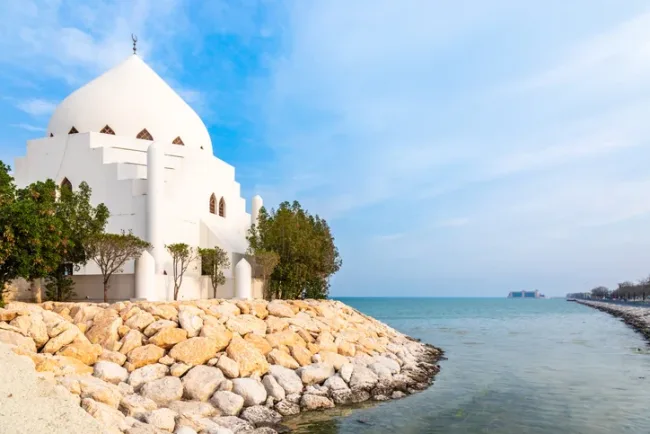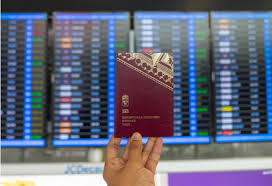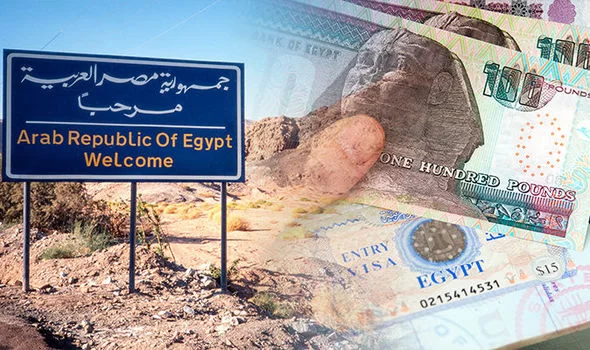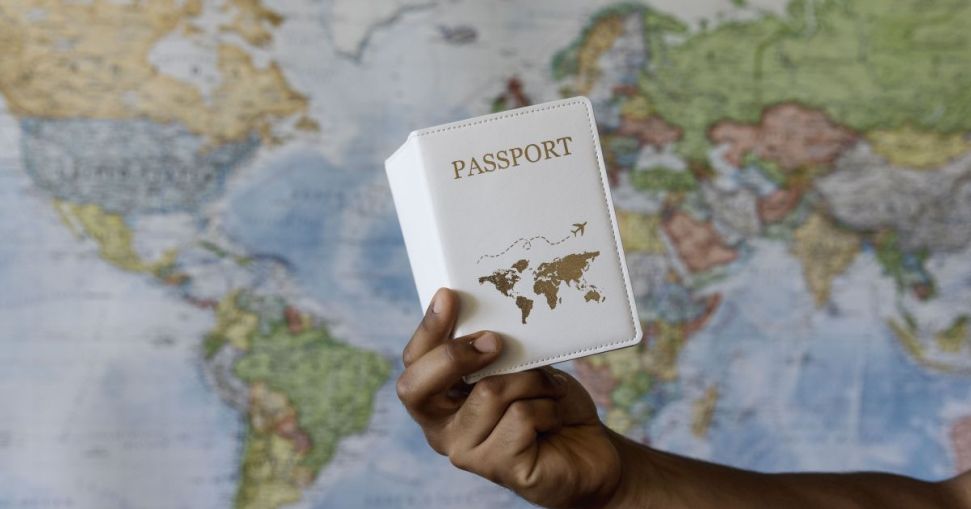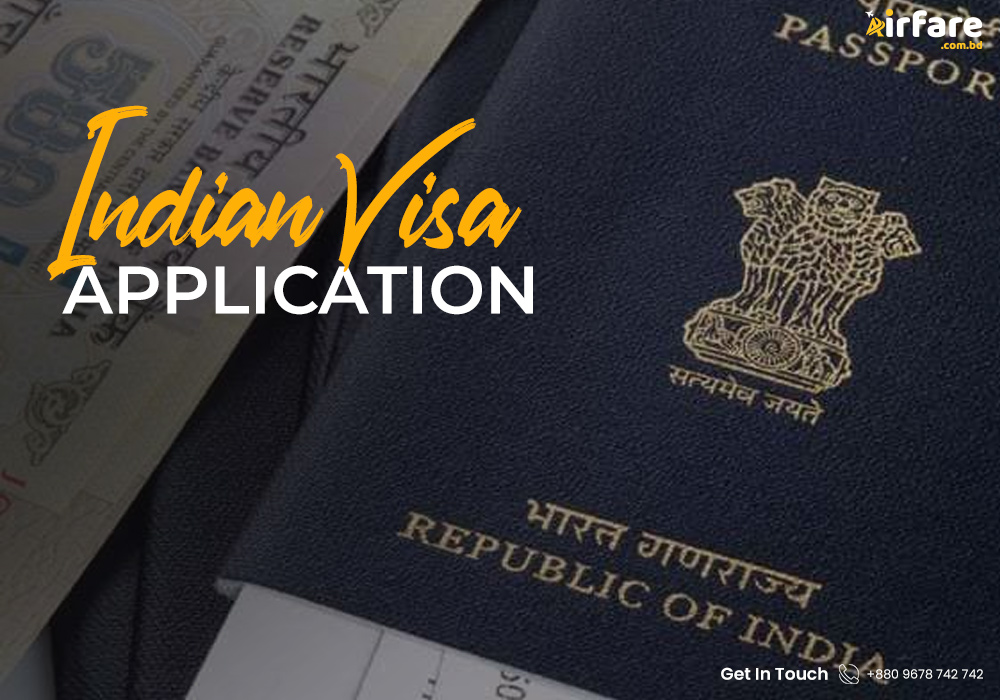
India, a country rich in history, culture, and natural beauty, attracts millions of visitors each year. Whether you’re visiting for tourism, business, or other purposes, understanding the process of obtaining a visa is essential for a smooth travel experience. In this article, we will explore the Indian visa information you need to know, including the different types of visas available and the convenience of Indian eVisa options.
Understanding Indian Visa Information
Before traveling to India, it’s crucial to familiarize yourself with the requirements and procedures associated with obtaining a visa. A visa is a legal document issued by the Indian government, allowing you to enter and stay in the country for a specific duration. Depending on the purpose of your visit, there are various visa types to choose from. To begin, it’s important to know the basic steps involved in obtaining an Indian visa.
Types of Indian Visas
India offers different types of visas, each tailored to specific purposes. Here are the most common types:
- Tourist Visa: The most popular type for travelers visiting India for leisure. This visa typically allows a stay of up to six months and can be obtained through a regular application process at the Indian embassy or consulate.
- Business Visa: For business professionals visiting India for work-related purposes, attending conferences, or exploring investment opportunities. This visa is typically valid for one to five years, depending on the applicant’s business needs.
- Student Visa: International students wishing to pursue higher education in India must apply for a student visa. This visa is granted for the duration of the academic course and may be extended if necessary.
- Medical Visa: Foreign nationals seeking medical treatment in India can apply for a medical visa. This visa is typically granted for the duration of the treatment and may be extended if required.
- Transit Visa: If you’re passing through India on your way to another destination, a transit visa may be necessary. It allows you to stay in India for a short period before continuing your journey.
Each visa type has its own set of requirements and eligibility criteria, so it’s essential to check the specific guidelines before applying.
For detailed information on visa types and requirements, visit the INDIAN VISA INFORMATION page. This resource will provide you with all the necessary details to ensure that you apply for the right visa based on your travel purpose.
The Rise of Indian E-Visa Options
In recent years, the Indian government has introduced a convenient and time-saving solution for travelers: the eVisa. This electronic visa system allows applicants to apply for their visa online without the need to visit an Indian embassy or consulate in person. The Indian eVisa system is designed to streamline the process and make it more accessible to a global audience.
Benefits of the Indian eVisa
The introduction of the Indian eVisa has simplified the visa application process for tourists, business travelers, and medical visitors alike. Here are some key benefits of applying for an Indian eVisa:
- Ease of Application: The eVisa application process is entirely online, saving you time and effort. Simply fill out the application form, upload the necessary documents, and make the payment – all from the comfort of your home.
- Faster Processing: Traditional visa applications can take a long time to process, sometimes up to several weeks. With the Indian eVisa, most applications are processed within 3 to 5 business days, making it a much faster option for last-minute travelers.
- Multiple Entry Options: Depending on the type of eVisa you apply for, you may be granted multiple entries to India, making it easier to explore the country and visit multiple destinations.
- Reduced Travel Costs: Since there is no need for a physical visa interview or embassy visit, the eVisa option helps you save money on travel costs and administrative fees.
Types of Indian E-Visa
The Indian eVisa is available for various purposes, such as tourism, business, and medical treatment. Some of the main categories of the Indian eVisa include:
- Tourist eVisa: Designed for travelers visiting India for leisure and sightseeing, this eVisa allows a stay of up to 60 days, with multiple entries permitted.
- Business eVisa: For business professionals visiting India for conferences, meetings, or other business-related activities. This eVisa is typically valid for 60 days with multiple entries.
- Medical eVisa: Foreign nationals traveling to India for medical treatment can apply for this eVisa. It allows a stay of up to 60 days with single or multiple entries.
- Conference eVisa: If you are attending a conference or seminar in India, you can apply for the conference eVisa. This visa is valid for the duration of the conference and allows you to stay in India during that period.
The eVisa process is straightforward and involves submitting an online application, providing a recent photograph, and uploading the necessary documents. To explore the various Indian eVisa options and how to apply, visit the INDIAN EVISA OPTIONS page.
Conclusion
Traveling to India is an exciting and enriching experience, and understanding the visa process can help make your trip hassle-free. Whether you’re applying for a traditional visa or taking advantage of the convenience offered by the Indian eVisa system, it’s essential to choose the right visa based on your travel purpose. Be sure to check the latest Indian visa information and explore the range of Indian eVisa options to ensure your journey is smooth from start to finish.
For more details on how to apply for the right visa and to learn more about the eVisa system, visit the INDIAN VISA INFORMATION and INDIAN EVISA OPTIONS pages. With the right information and preparation, your trip to India will be a memorable and seamless experience!


